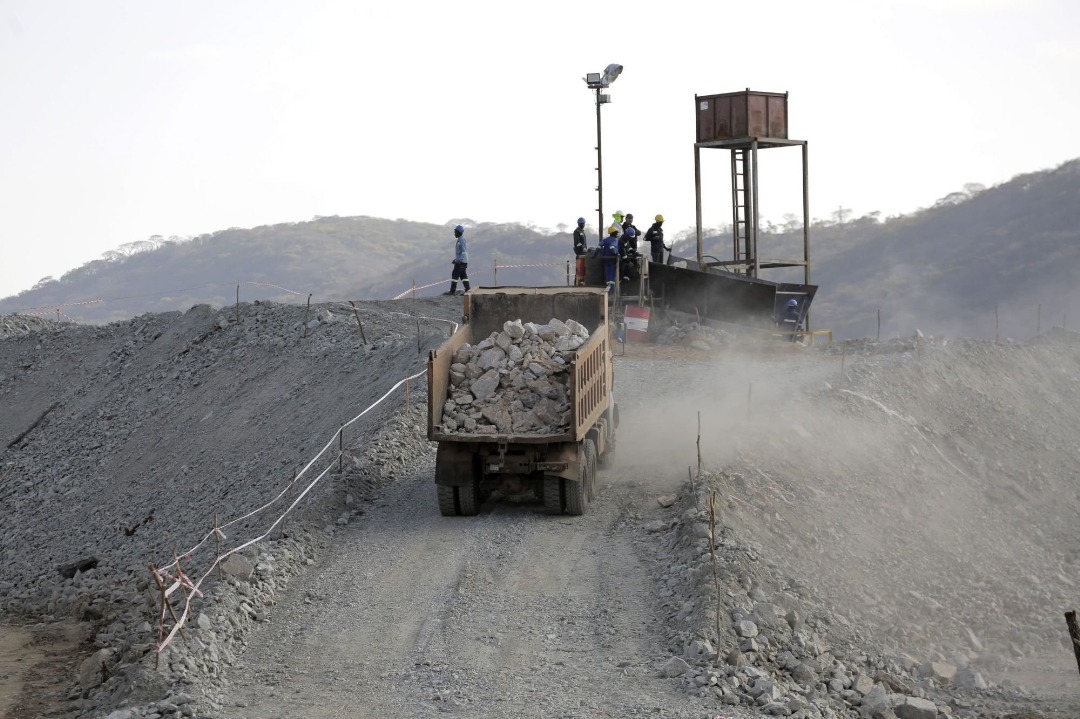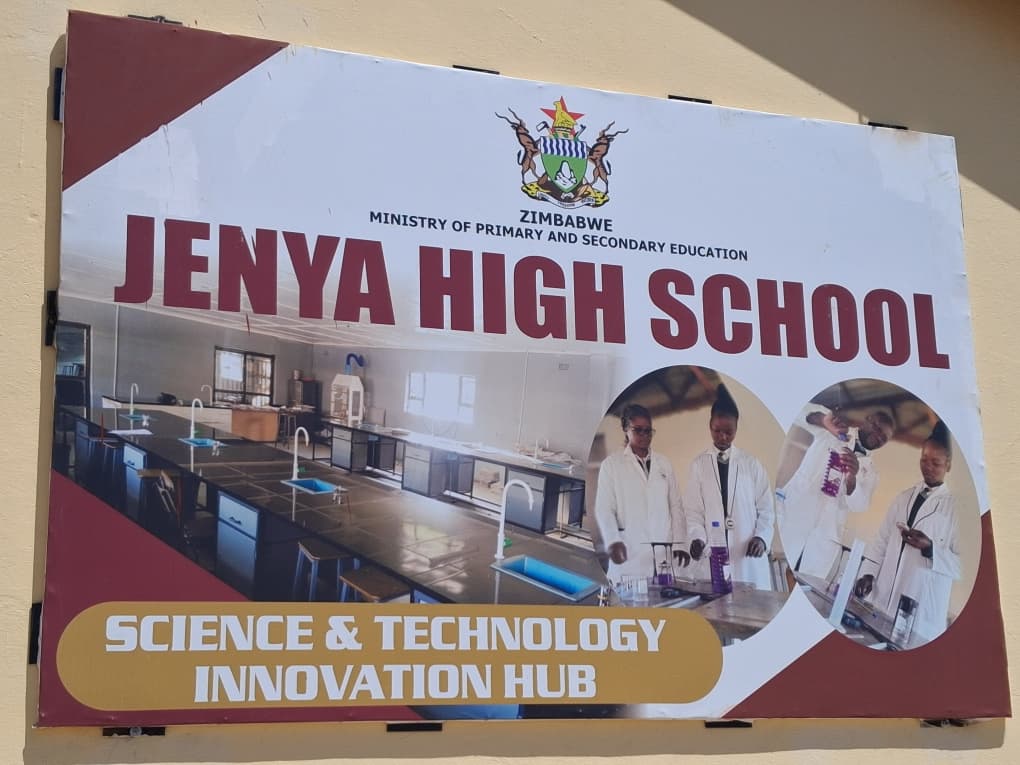EnviroPress Reporter
State-owned Kuvimba Mining House (KMH) has announced a massive US$220 million investment to develop its Sandawana Mine, a move set to transform the historic emerald field into one of the country’s largest lithium operations.
The investment signals a major step in Zimbabwe’s ambition to become a key player in the global supply chain for the critical battery metal.
The substantial capital injection will be channeled into constructing a state-of-the-art processing plant with the capacity to treat three million tonnes of ore annually.
This first phase of development is expected to be completed within 24 months and will include significant upgrades to local infrastructure, including roads, power, and water facilities.
Once operational, the plant is projected to produce between 500,000 and 600,000 tonnes of high-grade spodumene concentrate per year. This output is poised to generate significant export revenue and contribute substantially to the nation’s goal of building a US$12 billion mining industry.
Speaking on the development, Trevor Barnard, a director at Sandawana Mines, highlighted the project’s scale and potential.
“We are developing a world-class lithium deposit. This investment will not only establish a major mining operation but will also create a ripple effect of economic growth for the Mberengwa district and the nation,” said Barnard.
The Sandawana site, located in the Mberengwa district, holds a projected resource of around 100 million tonnes of lithium ore, positioning it as a globally significant deposit.
The project has already created over 1 000 jobs for local communities, with more employment opportunities expected as construction and operations ramp up.
So far, including Sandawana — the country has five active mines of the base metal and these are Sabi Star Lithium Mine in Buhera District — Manicaland Province, the Prospect Lithium Zimbabwe’s project in Goromonzi —Mashonaland East Province, Bikita Minerals, and the Zulu Lithium and Tantalum project owned by Premier African Minerals in Insiza District, Matabeleland South Province.
The strategic pivot from emeralds to lithium at Sandawana reflects the surging global demand for lithium, driven by the clean energy transition and the booming electric vehicle market.
KMH has indicated that long-term plans include further value addition, with feasibility studies underway to potentially produce lithium sulphate domestically, a move that would further enhance Zimbabwe’s position in the battery minerals value chain.
This investment marks one of the most significant commitments to Zimbabwe’s mining sector in recent years, underscoring growing confidence in the country’s vast and largely untapped mineral wealth.








